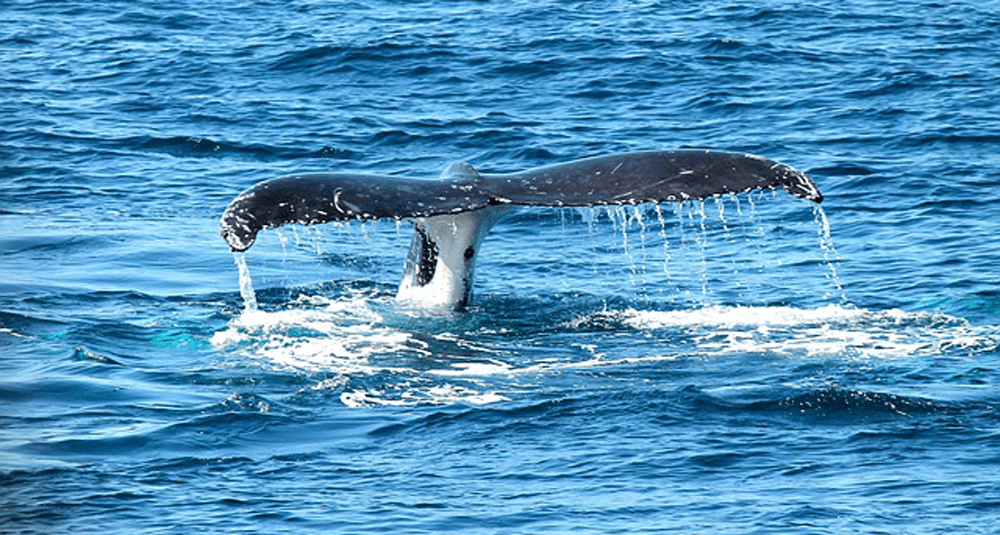How many marine mammal species are there in the world?
Last Updated:
Definition: what is a marine mammal?
Marine mammals are animals that belong to the class of mammals and have evolved to live in the water. They share many characteristics with other mammals, such as breathing air and nursing their young with milk, but they have developed specific adaptations to survive in their aquatic environment. Marine mammals include whales, dolphins, seals, sea lions, walruses, manatees and other species.
What are the different types of marine mammals?
There are four main types of marine mammals: cetaceans (whales, dolphins and porpoises), pinnipeds (seals, sea lions and walruses), sirenians (manatees and dugongs) and marine carnivores (sea otters, polar bears and sea lions).
How many marine mammals are there?
There are 134 species of marine mammals in the world (5 of which are already extinct).
Where do marine mammals live?
Marine mammals live in the world’s oceans and seas. Some species live in warmer waters, while others prefer colder habitats. For example, gray whales and Steller sea lions live in the cold waters of the Arctic and North Pacific, while spinner dolphins and sea turtles prefer the warmer waters of the tropics and subtropics. Marine mammals are also found in estuaries, bays and deltas, where the waters are calmer and more sheltered.
How do marine mammals breathe?
Marine mammals breathe air at the surface of the water. They have lungs, like humans, so they must come to the surface regularly to breathe. Marine mammals also have adaptations that allow them to stay underwater longer, such as increased lung capacity and oxygen-rich blood levels. Some marine mammals, such as whales, can hold their breath for long periods of time and dive to great depths to search for food.
What do marine mammals eat?
Marine mammals have varied diets depending on their species and habitat. Baleen whales, such as the blue whale, feed primarily on krill, small crustaceans and plankton. Seals and sea lions feed mainly on fish, squid and crustaceans. Walruses also eat crustaceans and fish, while dolphins and porpoises eat fish and squid. Orcas are opportunistic predators that feed on fish, squid, seals, sea lions, whales and other marine mammals.
How do marine mammals communicate?
Marine mammals use different modes of communication to interact with each other and to navigate their environment. Cetaceans, for example, use complex vocalizations such as whale songs and dolphin clicks to communicate with members of their own species. They can also use echolocation to locate prey and navigate the ocean. Other marine mammals, such as seals, communicate through postures and body movements, while sea lions use calls to make themselves heard. Walruses communicate through sounds such as growls and whistles, as well as head movements and vibrissae.
How do marine mammals reproduce?
Marine mammals reproduce in different ways depending on the species. Some species, such as dolphins and whales, have well-defined breeding periods, usually in winter or spring. Males often fight for access to females, and females give birth to a single calf after a gestation period that can vary from a few months to more than a year depending on the species. Other species, such as seals and sea lions, breed on land, with males defending a territory and females coming in to give birth. Elephant seals, on the other hand, breed on isolated beaches and the males engage in great battles to establish dominance and access to females.
What is the largest marine mammal?
The largest marine mammal is the blue whale (Balaenoptera musculus). Adults can reach a length of 30 meters and a weight of 173 tons. These giants of the sea feed mainly on krill and can travel long distances during their annual migrations. Unfortunately, the blue whale population has been severely decimated by commercial whaling and marine pollution, making it critically endangered.
What are the threats to marine mammals?
Marine mammals face many threats, including human activities such as pollution, illegal fishing, climate change, and disturbance of their natural habitat. Plastic debris in the ocean can be ingested by marine mammals, which can lead to suffocation, stomach or intestinal obstruction, and even death. Fishing activities, especially nets, can also accidentally trap and kill marine mammals. Climate change can also affect prey availability and habitat quality for marine mammals, which can lead to disease, population decline, and even extinction. In addition, underwater noise from ships, sonar, and explosions can disrupt the communication and navigation behaviors of marine mammals, which can have long-term effects on their health and survival.
nature

How many marine mammal species are there in the world?
Answer
Biologists count 134 species of marine mammals in the world (including 5 already extinct).